Instinct plays big part in Philip Heubeck’s modernist works
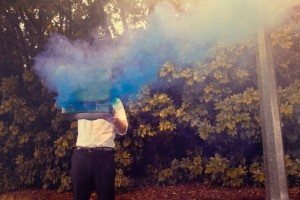 On view now at FGCU is 20/20: Art Alumni Exhibition. It is a commemoration and celebration of the university’s 20th anniversary by 20 of its art alumni. Included in this group is Philip Heubeck, who is a member of the class of 2010.
On view now at FGCU is 20/20: Art Alumni Exhibition. It is a commemoration and celebration of the university’s 20th anniversary by 20 of its art alumni. Included in this group is Philip Heubeck, who is a member of the class of 2010.
“In my work, I deal with the ways of nature – observing them, learning from them, capturing and emulating them,” states 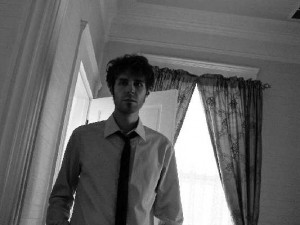 Heubeck. “I explore the human perception of natural processes, the search for beauty in seemingly mundane details and ultimately the experience of spirituality, of the sublime.”
Heubeck. “I explore the human perception of natural processes, the search for beauty in seemingly mundane details and ultimately the experience of spirituality, of the sublime.”
Wood is Heubeck’s material of choice. He allows his pigment to flow freely across its surface, evoking forces of either a geographical or microscopic scale. 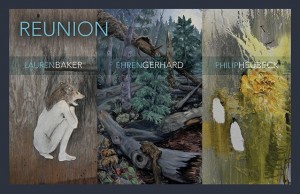 “I’m interested in pushing the possibilities of abstraction through mark making and the characteristics inherent in the materials themselves,” Philip elaborates. “They provide guidance and thus determine the final result considerably.”
“I’m interested in pushing the possibilities of abstraction through mark making and the characteristics inherent in the materials themselves,” Philip elaborates. “They provide guidance and thus determine the final result considerably.”
Heubeck finds it imperative to work from instinct rather than 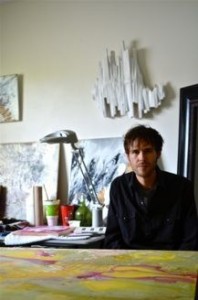 rationality. As a consequence, he does very little preplanning when beginning a new artwork. He admits to feeling more like an observer during the early stages of the creative process than an active manipulator. In this regard, he lets the artwork surprise and guide him “until a certain direction is recognizable and the wide circles in which I’m moving around the undefined center become smaller and smaller.”
rationality. As a consequence, he does very little preplanning when beginning a new artwork. He admits to feeling more like an observer during the early stages of the creative process than an active manipulator. In this regard, he lets the artwork surprise and guide him “until a certain direction is recognizable and the wide circles in which I’m moving around the undefined center become smaller and smaller.”
In essence, Heubeck is describing aleatoricism. It’s an approach that incorporates chance into the creative process. Many contemporary artists have embraced the use of chance in the creative process. The approach pays tribute to the DADAists of the early 20th century, who employed a variation of the parlor game 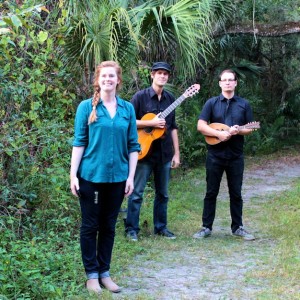 Exquisite Conversation to tap into a universal dynamic to create art and poetry.
Exquisite Conversation to tap into a universal dynamic to create art and poetry.
In the parlor game, the first participant writes a phrase or sentence on a sheet of paper, folds it to conceal part of the writing, and then passes it to the next player for a further contribution. Nicolas Calas characterized the resulting fragment as the “unconscious expression of the personality of the group” through a process that Max Ernst called “mental contagion.” Surrealism founder André Breton reported that cadavre exquis s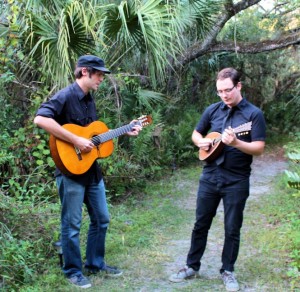 tarted in fun, but quickly proved effective for enabling surrealists to exploit the mystique of accidental relationships. Breton claimed surrealists began using the technique around 1925, but Pierre Reverdy wrote that its use dates back even farther, to some time prior to 1918.
tarted in fun, but quickly proved effective for enabling surrealists to exploit the mystique of accidental relationships. Breton claimed surrealists began using the technique around 1925, but Pierre Reverdy wrote that its use dates back even farther, to some time prior to 1918.
Since then, many other artists have bravely chosen to relinquish partial control of their creative processes to the hands of fate, the laws of physics, and the continuum of perpetual chaos which prevails over our universe by design. By developing a deeper understanding of the forces that govern our universe, these courageous innovators have discovered unique ways of collaborating with nature to produce some of the most beautiful and compelling images in the world of contemporary art.
Several years ago, a number of aleatoric artists banded together to form the Movement of Aleatoric Modern Artists, and today this worldwide collaboration of chance-based artists promote the principles and techniques of aleatoric methods in the execution of contemporary art in modern times.
While Philip is an accomplished artist, many know him through his work as a composer, musician and actor with Ghostbird Theatre Group, which he co-founded in May of 2012 with Brittney Brady, Katelyn Gravel and Jim Brock. He last performed for Ghostbird in The Chicken Play, which was staged outdoors and in the screened pavilion at the Happehatchee Center in Estero in November of 2016.
Philip was featured in a solo show in the FGCU ArtLab in 2012. Among the group shows in which he participated are “Elements of Abstraction” at the Center for Visual Arts Bonita Springs (2016), “REUNION – Baker, Gerhard, Heubeck” in the FGCU ArtLab (2015) and “Broadsides” at the Alliance for the Arts (2014).
August 30, 2017.
RELATED POSTS.














 Tom Hall is both an amateur artist and aspiring novelist who writes art quest thrillers. He is in the final stages of completing his debut novel titled "Art Detective," a story that fictionalizes the discovery of the fabled billion-dollar Impressionist collection of Parisian art dealer Josse Bernheim-Jeune, thought by many to have perished during World War II when the collection's hiding place, Castle de Rastignac in southern France, was destroyed by the Wehrmacht in reprisal for attacks made by members of the Resistance operating in the area. A former tax attorney, Tom holds a bachelor's degree as well as both a juris doctorate and masters of laws in taxation from the University of Florida. Tom lives in Estero, Florida with his fiancee, Connie, and their four cats.
Tom Hall is both an amateur artist and aspiring novelist who writes art quest thrillers. He is in the final stages of completing his debut novel titled "Art Detective," a story that fictionalizes the discovery of the fabled billion-dollar Impressionist collection of Parisian art dealer Josse Bernheim-Jeune, thought by many to have perished during World War II when the collection's hiding place, Castle de Rastignac in southern France, was destroyed by the Wehrmacht in reprisal for attacks made by members of the Resistance operating in the area. A former tax attorney, Tom holds a bachelor's degree as well as both a juris doctorate and masters of laws in taxation from the University of Florida. Tom lives in Estero, Florida with his fiancee, Connie, and their four cats.